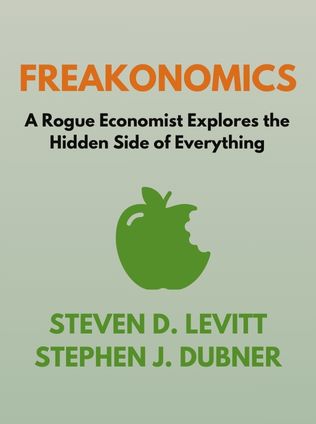
About the Author
Ibram X. Kendi is one of America's foremost historians and leading antiracist voices. He is a National Book Award-winning and #1 New York Times bestselling author. "How to Be an Antiracist" is his third book. His fourth book, "Stamped: Racism, Antiracism, and You," written with Jason Reynolds, is also a #1 New York Times bestseller. Kendi is the Andrew W. Mellon Professor in the Humanities and the Founding Director of the Boston University Center for Antiracist Research. He is a contributing writer at The Atlantic and a CBS News correspondent. Kendi is also the 2020-2021 Frances B. Cashin Fellow at the Radcliffe Institute for the Advanced Study at Harvard University. In 2019, Ibram X. Kendi was awarded the prestigious Guggenheim Fellowship.
Main Idea
"How to Be an Antiracist" by Ibram X. Kendi challenges readers to actively engage in the fight against racism by adopting an antiracist approach. Kendi's central thesis is that to achieve true racial equity, one must identify and combat racist policies and ideas ingrained within individuals and society. By redefining the terms "racist" and "antiracist," Kendi emphasizes that neutrality is not an option. We must actively choose to be antiracist, which requires persistent self-awareness, self-criticism, and self-examination.
Table of Contents
- Definitions to Clarify Understanding
- What Side of History Will We Stand On?
- The Duel Within
- The Foundations of Racist Ideas
- Biological Racism
- Bodily Racism
- Cultural Racism
- Behavioral Racism
- Colorism
- Class Racism
- Space Racism
- Moving Forward with Antiracism
Definitions to Clarify Understanding
Language is ever-evolving, and to fully comprehend the case Kendi makes for embracing antiracism, it is critical to establish the meanings of key terms. A "racist" is defined as “one who is supporting a racist policy through their actions or inaction or expressing a racist idea.” Conversely, an "antiracist" is “one who is supporting an antiracist policy through their actions or expressing an antiracist idea.” The focus is on policy and ideas, not on some inherent quality of individuals.
Kendi explains the concept of "racial inequity" with a clear example: “In 2014, 71% of White families lived in owner-occupied homes, compared to 45% of Latinx families and 41% of Black families.” This disparity illustrates racial inequity. "Any measure that produces or sustains racial inequity between racial groups” is a racist policy. Policies include “written and unwritten laws, rules, procedures, processes, regulations, and guidelines that govern people.” Decades of racist policies have created gaps in homeownership among different racial groups.
Kendi prefers the term “racist policy” over the more popular terms "institutional racism" and "systemic racism" because it precisely identifies the problem. He defines a "racist idea" as “any idea that suggests one racial group is inferior or superior to another racial group in any way.”
Sign up for FREE and get access to 1,400+ books summaries.
You May Also Like
Freakonomics
A Rogue Economist Explores the Hidden Side of Everything
By Steven D. Levitt and Stephen J. DubnerI Am Malala
The Story of the Girl Who Stood Up for Education and Was Shot by the Taliban
By Malala Yousafzai



















